Meet the American Kestrel: Small Bird, Big Mood
Have you ever seen a bird that looks like it just walked out of a superhero comic and said, "Yeah, I'm small, but I could take down a grasshopper midair without ruffling a single feather"?That’s the American Kestrel for you.
Known for being the tiniest falcon in North America, the American Kestrel (aka Falco sparverius) proves that great things come in small, winged packages. With vibrant plumage, fierce hunting skills, and a head-bob that screams confidence, this bird brings a new meaning to "fly style."

What's in a Name?
So, "kestrel" might sound like the name of a fantasy knight, but it's also used for several types of falcons. The American Kestrel, though, is our continent's homegrown favorite. Some folks used to call them "sparrow hawks," but let's be real — that's like calling Beyoncé a "singer." Technically accurate, but seriously underselling the icon status.
Pocket-Sized Predator: Small But Mighty
Let's talk stats. An American Kestrel weighs in at around 3 to 6 ounces. That's less than a can of soda. And yet, despite being the fun-size version of a raptor, this bird has all the attitude of a bald eagle with a latte in its talons.
With razor-sharp beaks and hunting dives that make Olympic gymnasts look clumsy, kestrels are known to feast on insects, small rodents, reptiles, and even birds. If it flutters, scurries, or slithers, it's probably on the menu.
And here's the kicker: they hunt by hovering in midair like a feathered drone before dive-bombing their target. If that's not a power move, we don't know what is.

The Fashion Icon of the Falcon World
American Kestrels are undeniably stylish. Males rock slate-blue wings, spotted bellies, and a rusty back, while females flaunt warm, reddish-brown tones from head to tail. Both sport bold black vertical stripes on their faces, often called "mustaches" or "sideburns," depending on how they feel that day.
Love is in the Air: Kestrel Courtship
Kestrels are all about the drama when it comes to courtship. Males don't just sing a song and call it a day. Nope. They go full Bachelor-style with aerial displays and flashy food offerings. That's right, fellas — if you wanna woo a kestrel queen, you better bring her a nice vole and some high-speed sky acrobatics.
Once a pair locks in, they usually stay monogamous for the season. They'll raise their chicks in cozy tree cavities, cliff ledges, or (in true millennial bird fashion) repurposed nesting boxes.

Habitat: Views, Please
You'll find American Kestrels just about everywhere in North America, from rural farmlands to open meadows and even some urban parks. They like wide-open spaces with high perches and great views.
They're the kind of bird that needs their space but still wants to keep tabs on everything. Think: a hawk with binoculars and a slight superiority complex.
Are American Kestrels Endangered?
Here's the not-so-fun part: kestrel populations are declining in some parts of their range. Habitat loss, pesticides (which reduce their food supply), and competition for nesting sites with invasive species like European starlings put pressure on these pint-sized predators.
But don't worry, this isn't where we cue the sad violin music. It's a reminder that even the fiercest little falcons need a helping hand (or wing). You can support kestrels by:
- Putting up a nesting box if you live in the right region
- Supporting organic and pesticide-free farming
- Just generally being awesome to wildlife and keeping outdoor spaces wildlife-friendly
And hey, if a shirt with a kestrel on it just so happens to land in your cart at BeCause Tees, we fully support that vibe.

Kestrel Fun Facts You Didn't Know You Needed
Okay, rapid-fire round:
1. They've got built-in sunglasses.
Kestrels have a "brow ridge" that shades their eyes from the sun, giving them that perpetual cool look.
2. They're bilingual hunters.
Not only do they use their eyesight to track prey, but they can also detect ultraviolet light. Translation: they can see the urine trails of small mammals. (Nature is wild.)
3. They "wag" their tails when perched.
Yes, like a tiny falcon tail dance. It's thought to be a balance thing, but honestly, it's also giving "Just here to vibe."
4. Kestrels are super adaptable.
City kestrels? Yup. Desert kestrels? You bet. Suburban kestrels chilling on your telephone pole? Totally.
5. They're silent flyers... almost.
Unlike owls, they're not entirely silent, but their flight is surprisingly stealthy. Meanwhile, their calls sound like high-pitched "klee-klee-klee" s — basically bird squeals of joy or warning.

Why the American Kestrel Deserves the Hype
Let's wrap this up like a fluffy fledgling in a cozy nest. The American Kestrel is bold, beautiful, and completely unbothered by its small size. It brings energy, elegance, and eco-drama wherever it goes.
Whether you're spotting one perched on a fencepost, hovering like a feathered helicopter, or zipping across a meadow like a jet on espresso, one thing's for sure: this bird isn't here to blend in.
Stay fly and wear your love for this aerial superstar on your sleeve (or chest) and let the world know you're a fan because, let's face it, some birds deserve their own merch.

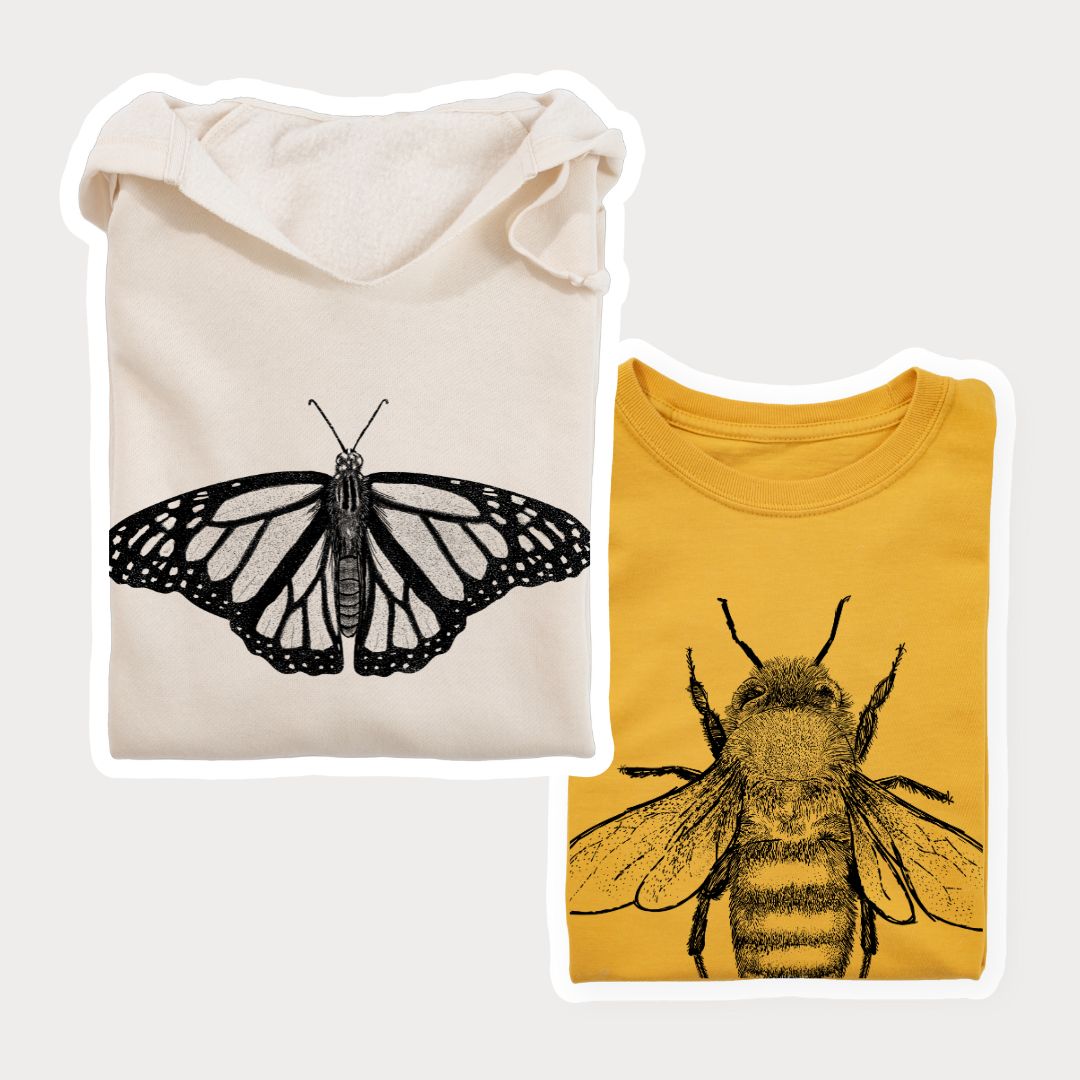

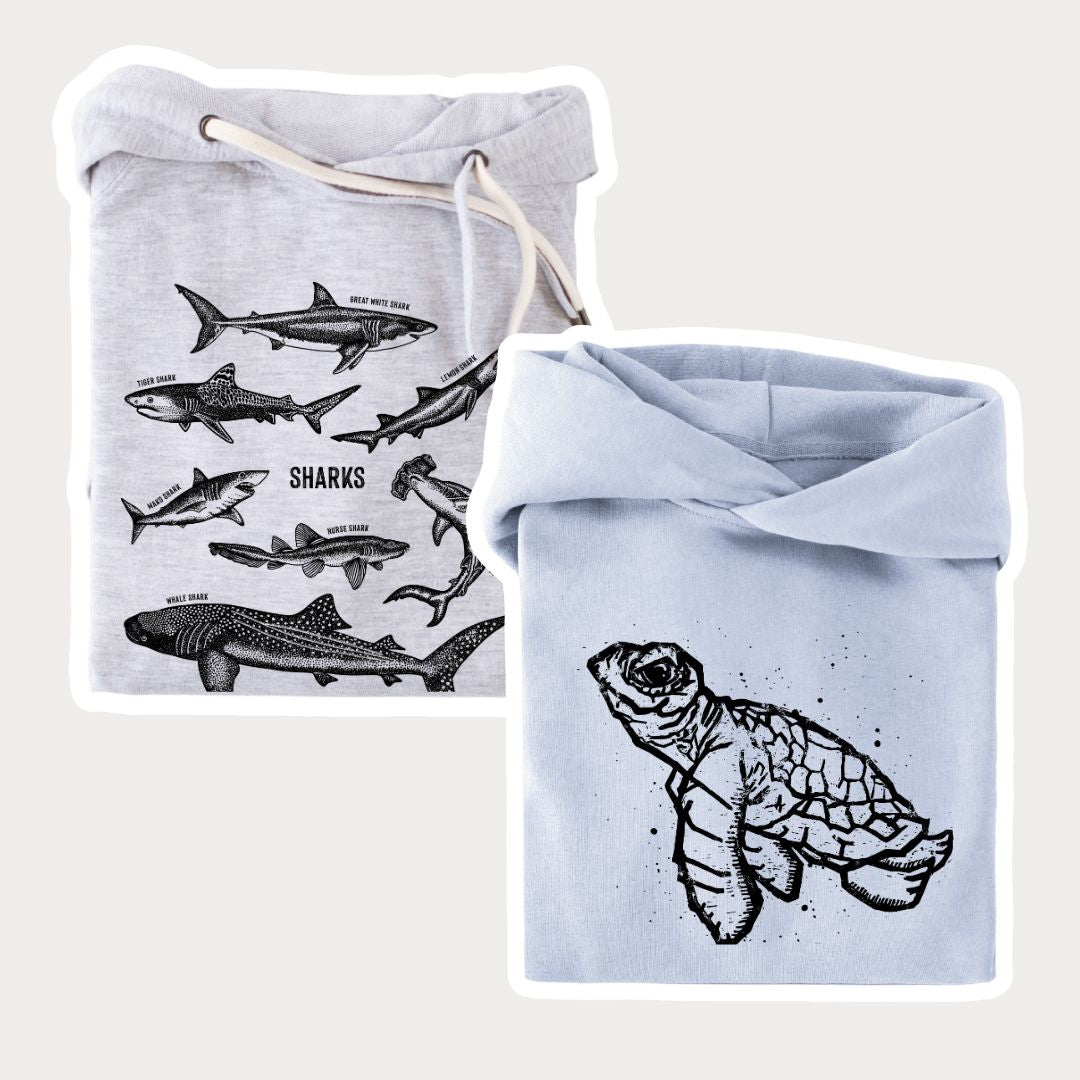
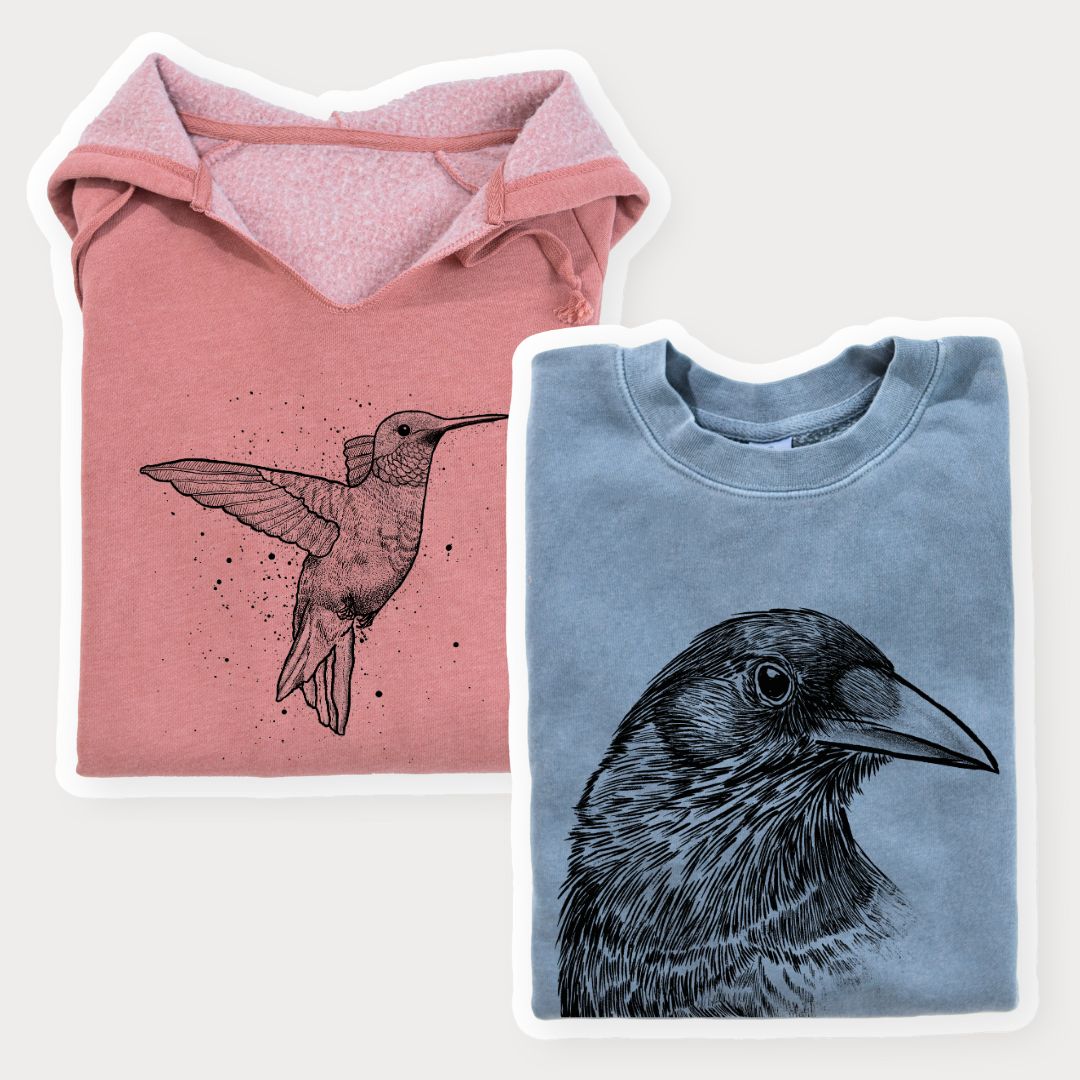
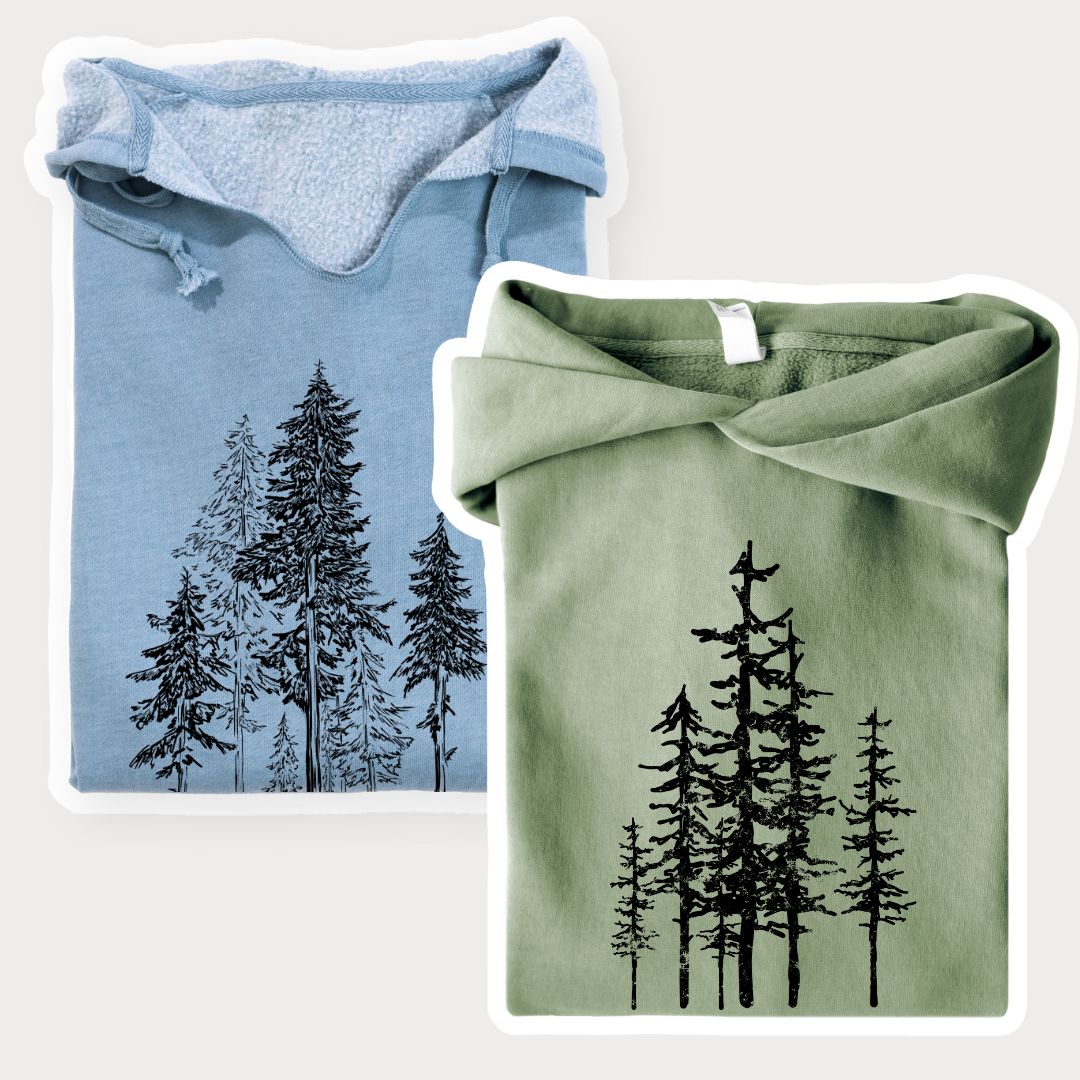
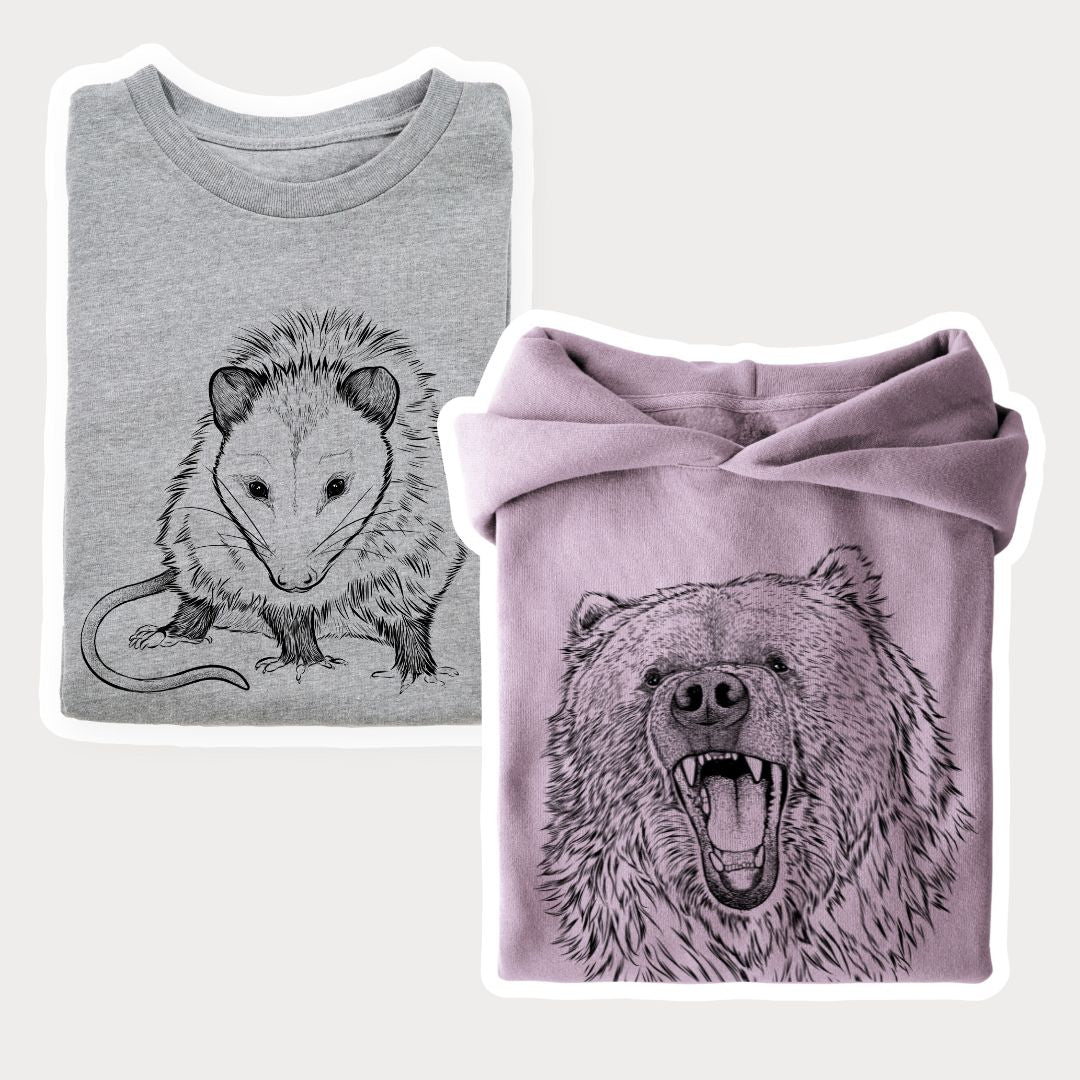

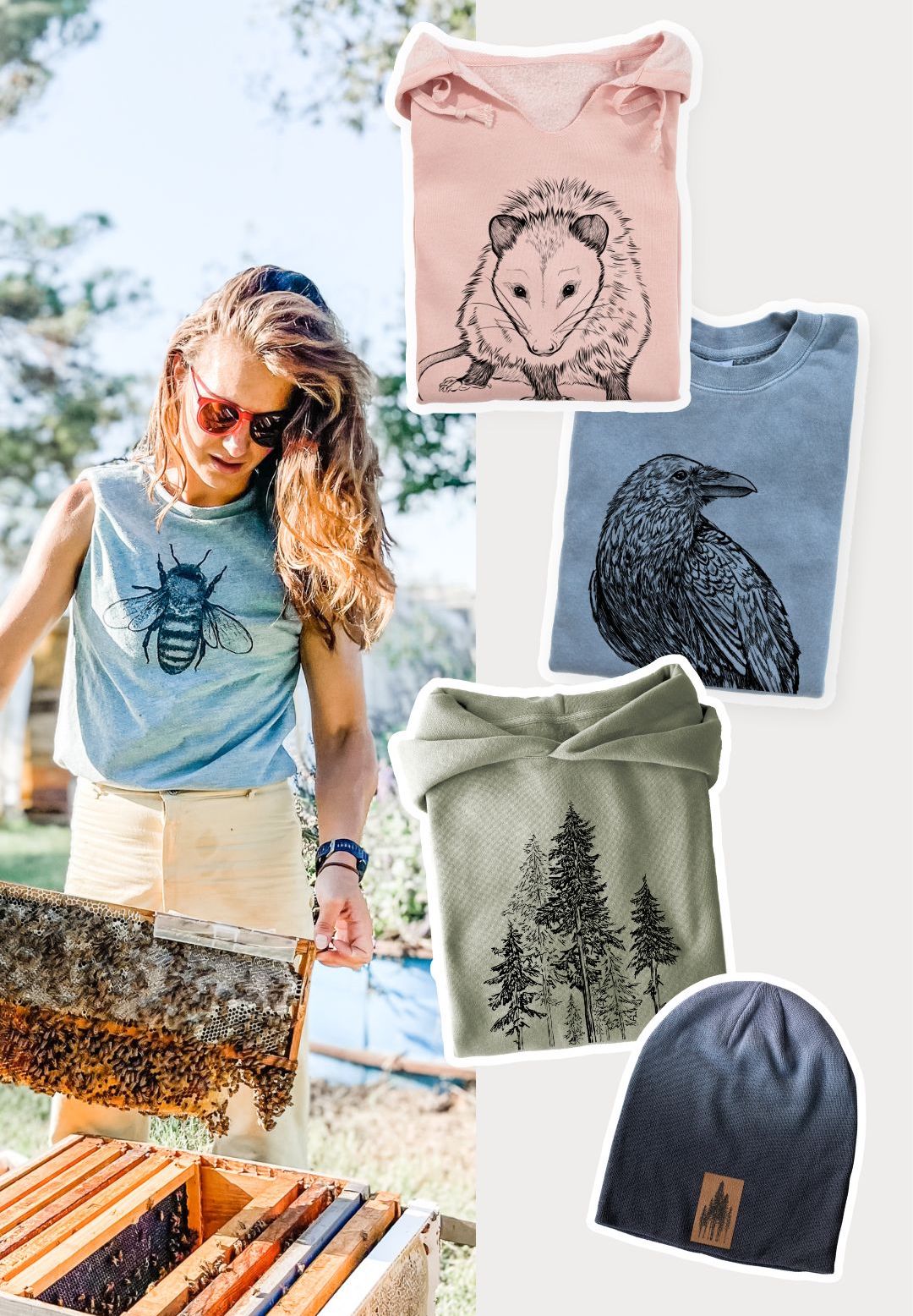
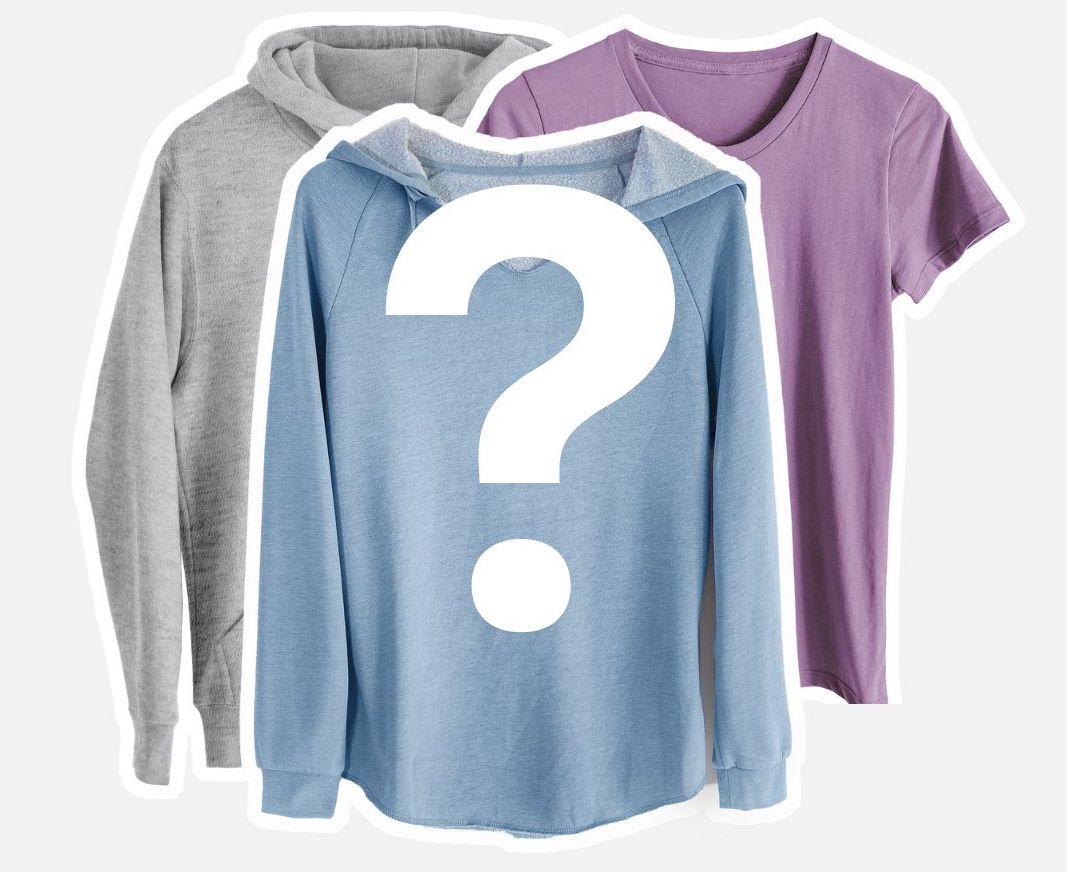
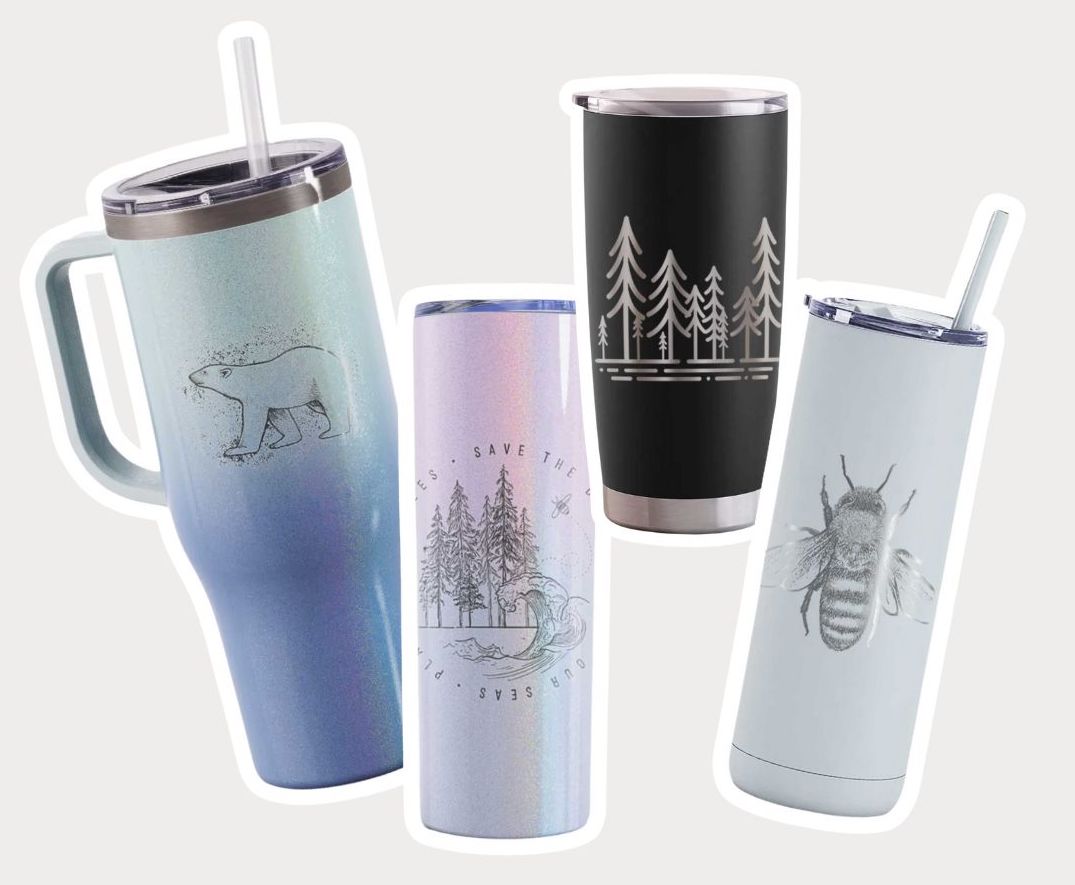




Leave a comment (all fields required)